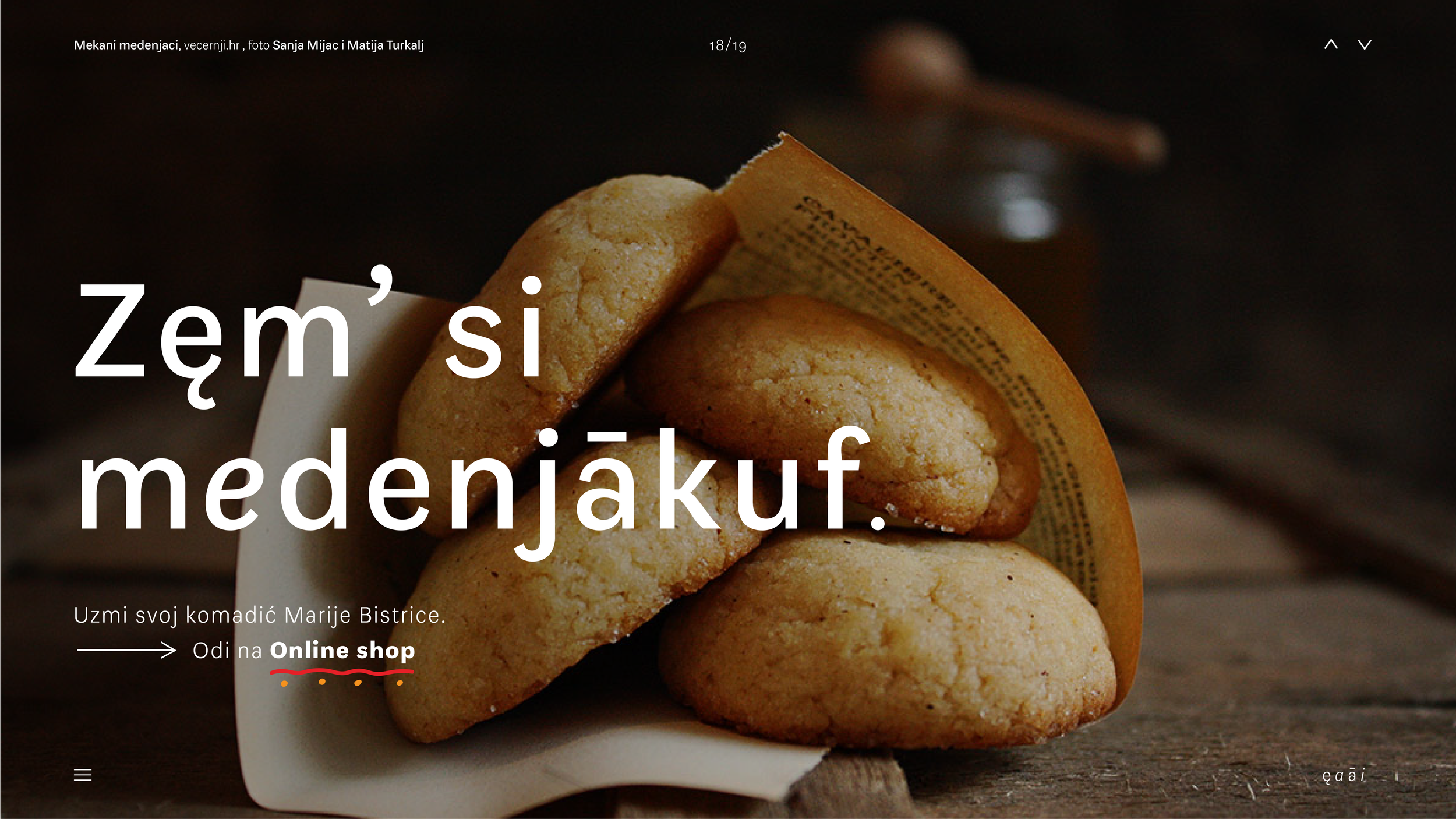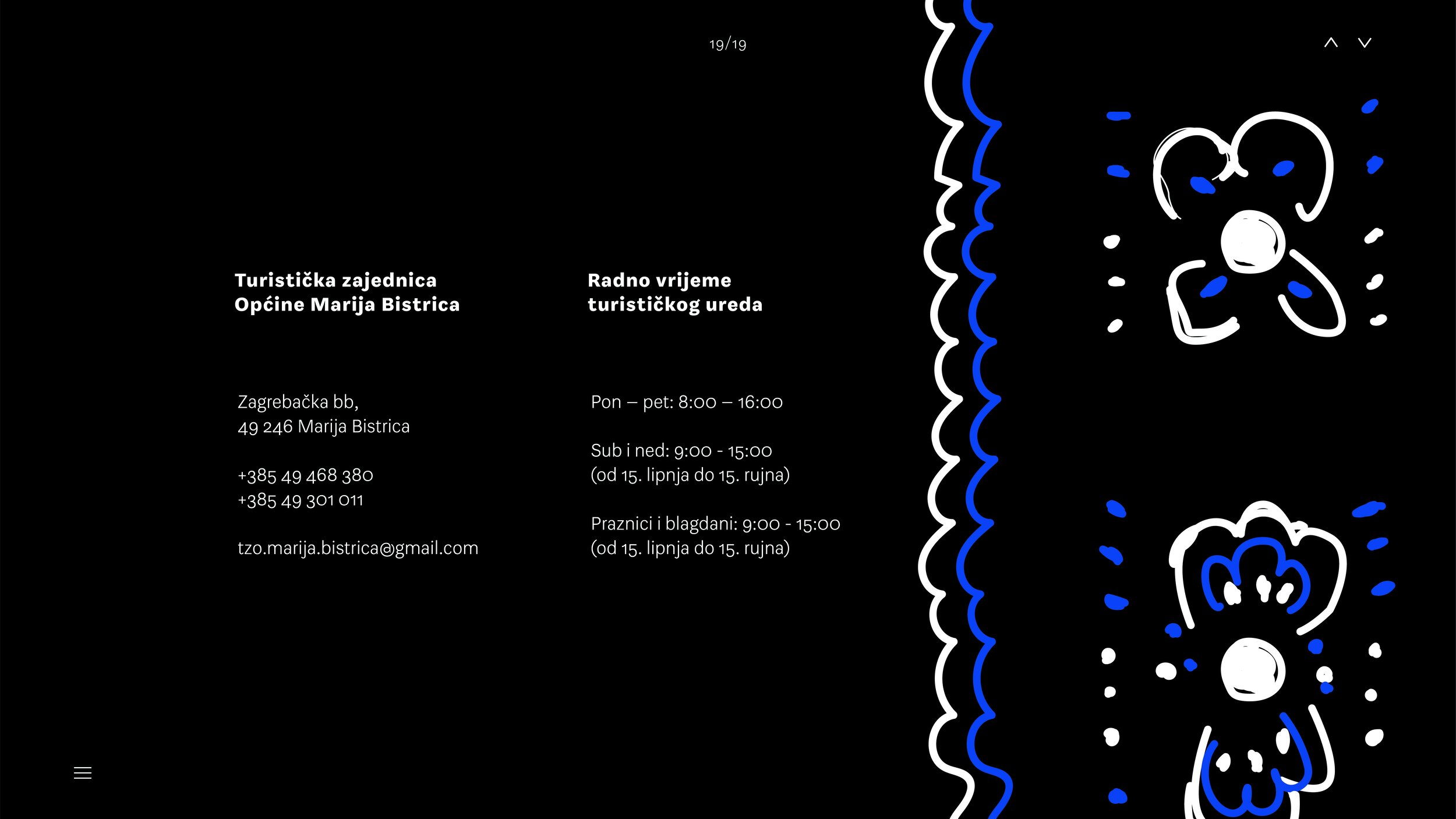
Crafting Heritage: An Interactive Journey Through Croatia’s UNESCO-Protected Traditions
Promotion and Preservation of Traditional Crafts in the Municipality of Marija Bistrica
The Municipality of Marija Bistrica is unique for having the highest concentration of traditional artisans in a single location within the entire Krapina-Zagorje County. Their goal is to preserve and promote the cultural diversity of the region, but a significant challenge lies in the lack of an adequate creative strategy.
This project explores approaches to marketing and modern promotion of intangible cultural heritage, as well as the most prominent institutions in Croatia dedicated to the protection of cultural assets and cultural tourism. Additionally, areas of research include perceptions of the Municipality of Marija Bistrica and an analysis of existing strategic tourism development plans, aiming to enhance the promotion of intangible cultural heritage at local, regional, and national levels.
The project's objectives are to promote authentic Croatian products in an innovative way, increase the visibility of local artisans, and highlight Marija Bistrica’s rich cultural offerings as a compelling tourist destination.








Challenges Facing Traditional Croatian Artisans in a Modern Market
Traditional Croatian artisans face significant challenges in maintaining visibility amid competition from mass-produced, low-cost imports, primarily from China. These cheaper products, often made from plastic, are easily accessible, while authentic handcrafted items require years of skill, time, and high-quality materials. Many artisans even resort to selling imported goods due to their higher market demand.
Globalization, standardization, and inadequate marketing support at national, regional, and local levels further exacerbate the issue, especially since most artisans lack the digital skills and financial resources needed for modern promotion. Limited online presence leads to missed opportunities, particularly among younger, tech-savvy consumers and cultural tourists. Additionally, restrictive regulations, such as the ban on Sunday sales, hinder artisans whose businesses historically rely on religious gatherings.
Complex fiscal policies, insufficient state incentives, and high participation costs for events like Advent in Zagreb further strain their sustainability. Without strategic digital integration, proper institutional support, and modernized business models, these artisans struggle to adapt their products to contemporary market demands and secure their craft’s future.
Design Approach
The prototype of the creative solution has been developed as an interactive website that functions as a multimedia collage. The current challenge lies in the absence of an adequate promotional strategy that aligns with modern trends. This website steps outside conventional norms, offering an immersive experience of Marija Bistrica and its traditional crafts through various ambient screens.
Through video recordings, typography, photography, sound, and animations, micro-moments of everyday life are brought to life—capturing the beauty of the landscape, scenic views, biodiversity, folk music, local dialects, and traditional crafts.
A recurring visual motif consists of illustrated shapes inspired by various souvenirs. Animated elements from traditional toys and Licitar hearts subtly guide the user through the website. A fresh and modern look is achieved through a minimalist design and parallax scrolling effect. The website’s color palette is derived from local souvenirs, while the typography contrasts with the linear motifs for added visual interest.
Users navigate the site through scrolling and left/right arrow keys, but they can also opt for an automatic browsing experience that seamlessly guides them through the content.












Full prototype
The final montage, created using Adobe After Effects and Premiere, simulates fluid navigation through the website, ensuring a natural and immersive experience.


